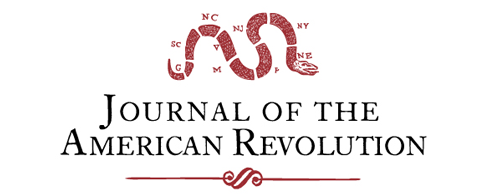This Week on Dispatches: Selden West on a Whaleboat Fight off Connecticut
On this week’s Dispatches, host Brady Crytzer interviews JAR contributor Selden West on her research into a fight between Patriot whaleboat crews and the British Navy off Stamford, Connecticut in 1778. New episodes of Dispatchesare available for free every Saturday evening(Eastern United States Time) on iTunes, Stitcher, Google Play, Amazon Music, and the JAR Dispatches web site. Dispatchescan […]
